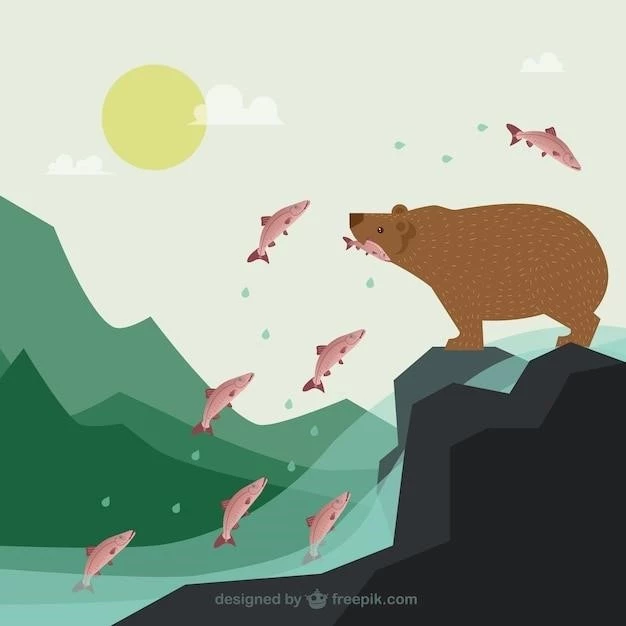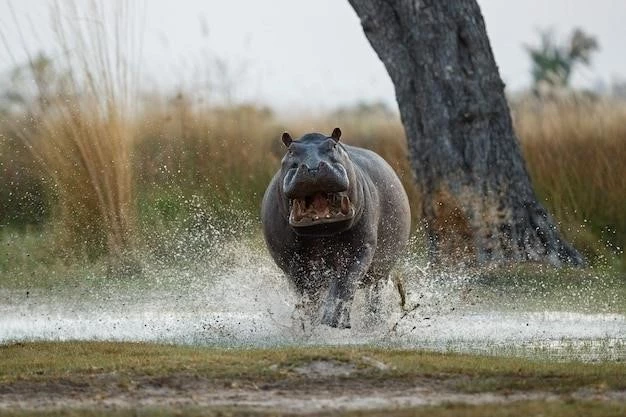The animal kingdom is full of incredible athletes, with many species possessing the remarkable ability to jump. From the soaring leaps of gazelles to the impressive bounds of kangaroos, jumping serves a variety of purposes, from escaping predators to catching prey. However, not all mammals are equipped with this skill. The title for the only mammal incapable of jumping goes to the elephant, an animal renowned for its size and strength but surprisingly limited in its ability to get airborne.

Why Elephants Can’t Jump
Several factors contribute to an elephant’s inability to jump. Unlike many other mammals, whose legs are designed for springy leaps, elephants’ legs are built for stability and strength. Here’s a closer look at the key reasons:
1. Bone Structure and Weight:
Elephants possess a unique skeletal structure adapted to support their massive weight, typically ranging from 6٫000 to 14٫000 pounds. Their leg bones are dense and sturdy but lack the flexibility needed for jumping. The sheer weight they carry makes lifting their body off the ground simultaneously with all four feet nearly impossible.
2. Foot Structure:
An elephant’s feet, unlike the padded paws or hooves of many jumping animals, are flat and designed for distributing weight evenly. While this structure provides excellent stability and allows them to traverse various terrains, it doesn’t lend itself to the springy action required for jumping.
3. Muscle Anatomy:
While elephants are undoubtedly strong, their leg muscles are proportionally different from those of jumping animals. Their leg muscles are designed for powerful downward force rather than the rapid, upward thrust needed for a jump. This difference in muscle structure further limits their ability to propel themselves off the ground.

Other Mammals That Can’t Jump
While elephants hold the title of the largest land mammal unable to jump, they are not alone in this limitation. Several other mammals share this trait, each with its own unique reasons. Here are a few notable examples:
1. Hippos:
These massive, water-loving creatures are also bound to the ground. Like elephants, their weight and bone structure make jumping impossible. Their legs are short and stocky, designed for power and stability in water and on land, but not for agility.
2. Rhinos:
Another heavyweight of the animal kingdom, rhinoceroses, are also incapable of jumping. Their robust bodies and short legs, while providing immense strength, make leaping an impossible feat. Their center of gravity is too low, and their anatomy is geared towards charging and pushing, not jumping.
3. Sloths:
Known for their slow, deliberate movements, sloths are perhaps unsurprisingly unable to jump. Their arboreal lifestyle, spent mostly hanging upside down in trees, has led to the evolution of long claws and specialized limbs for clinging, not leaping.
Evolutionary Advantages and Adaptations
The inability to jump might seem like a disadvantage, but these animals have evolved other remarkable adaptations that ensure their survival. Elephants, for instance, use their size and strength to deter predators and access food sources. Hippos rely on their bulk and powerful jaws for defense, while rhinos are famous for their charging speed and formidable horns. Sloths, on the other hand, have evolved camouflage and slow movements to evade predators in the treetops.
Conclusion:
While the animal kingdom is full of incredible jumpers, the inability of elephants and a few other mammals to jump highlights the diversity of evolutionary adaptations. Their unique anatomies and physiological traits, while precluding jumping, have equipped them with other remarkable abilities that allow them to thrive in their respective environments. The animal world is a constant reminder that survival doesn’t always require conformity to a single ideal, but rather, success lies in adapting to one’s surroundings in the most advantageous way possible.










